The following is based on a lecture given at the NY Token Kai on October 27, 2019.
Today I would like to talk about a swordsmith you have probably heard of, and that is the famous forger Kajihei. That said, many collectors have come across this name in regards of late Edo period or Meiji era forgeries and/or gimei but actually not that much is known about him, which I would like to change a little bit today.
When it comes to the “hard facts” about the person Kajihei, surprisingly little is known. We know his real name, Hosoda Heijirō (細田平次郎), we know that he was born in the town of Kashima (鹿島), then Ibaraki province and today Hitachi Prefecture and about 50 miles to the northeast of Edo/Tōkyō (see picture 1), we know that he had trained with Naotane’s successor Naokatsu, we know the name he signed his works with Naomitsu (直光), we know that he also used the art name Sōryūshi (雙龍子), and, on the basis of existing dated works, we know that he lived at least until Meiji 30 (1897). That is, we don’t know when he was born and when he died.

Picture 1
However, there is some second and third hand information available from that time that was recorded by people who knew him. One such is that Kajihei, more on that name later, was born into a wealthy family that had an official function at the local Kashima Shrine (see picture 2), which some of you know is dedicated to the patron deity of martial arts and therefore well revered by samurai. The tradition with his family being wealthy makes sense as the venture of becoming a swordsmith is not an easy one, especially for an outsider of the craft. That is, you need to find a master that accepts you, and money and connections surely help with that, you need to have at least some manual skills, and you better either have a future employer in prospect, or at least a plan about attracting a certain customer base. Again, money and connections can help with that as well.
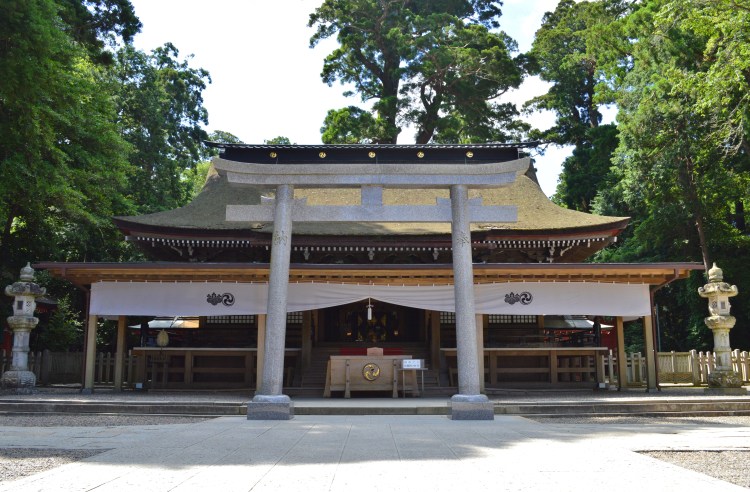
Picture 2: Kashima Shrine
What I try to say is that we sometimes have this romantic idea of teenagers randomly showing up on the doorsteps of a forge and beg the master for days or weeks until he accepts them as a student and then work so hard not to disappoint him and then become the greatest masters themselves. I don’t say that this didn’t happen but that it was rather the exception than the rule.
As you all know, the most fiefs were financially struggling towards the end of the Edo period and they really had to think about how many swordsmiths they can afford working for them. Also, the demand for newly made swords steadily decreased in the course of the peaceful Edo period until it was really bad for swordsmiths in the latter half of the 18thcentury. This changed when master Suishinshi Masahide (水心子正秀, 1750-1825, see picture 3) almost singlehandedly revived the craft towards the turn of the 19th century and created so a momentum that was further fueled by foreigners arriving along the coasts of Japan, as we have seen in my last talk, and the general atmosphere that the struggles of the Shogunate and the fiefs will not end peacefully.
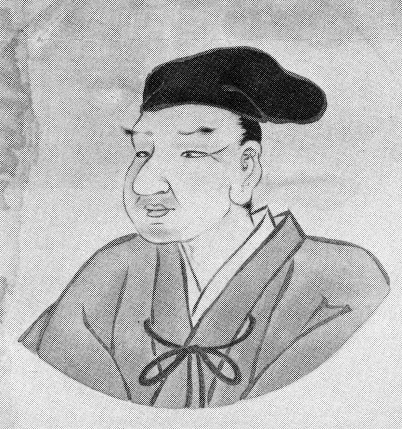
Picture 3: Suishinshi Mashide
So, one of Masahide’s greatest students was Taikei Naotane (大慶直胤, 1778-1857, see picture 4) who established his own school and who was succeeded by his son-in-law Jirō Tarō Naokatsu (次郎太郎直勝, 1805-1858). The Naotane School was one of the schools that did pretty well in these days, training more than forty swordsmiths at the height of its time, which brings us back to Kajihei, with the question: When did he enter his apprenticeship with Naokatsu?

Picture 4: Taikei Naotane
Two factors here: Naokatsu must have been old enough and fully trained to train swordsmiths himself and we know that Kajihei was still alive in 1897. Naokatsu was born in 1805 and he and his father-in-law Naotane died just one year apart, in 1858 and 1857 respectively, that is, Naokatsu died just one year after Naotane. So, let’s assume that Naokatsu was 30 years old when he started to train swordsmiths himself, which means this would be the year 1835. When we assume that Kajihei was 15 years old when he started his apprenticeship at around that time, he was probably born around 1820 and was 77 years old at 1897, the year we know he was still alive, which would work.
After both Naotane and Naokatsu had died in 1857 and 1858, and coming out of a famous school, Kajihei did find an employer, and that was the Himeji fief (姫路藩, see picture 5). With the assumption that he was born around 1820, he was in his late 30s at that time, which makes me think that he actually might have been born somewhat later and started his apprenticeship somewhat later. Maybe he was rather born around 1830, started to train with Naokatsu around 1845, and was hired in his late 20s, making him about 67 years old in 1897, which also works just fine.


Picture 5
Now Kajihei did not work for the Himeji fief locally but stayed in Edo, that is, the system of having employed swordsmith work in the Edo residence of a fief, or a property provided by the fief, and then redistributing their works from the capital back home or to other recipients/clients was very common. This was the very case for Naotane and Naokatsu as it had been for Suishinshi Masahide. As for Kajihei, we know for sure that he did not live in the Edo residence of the Sakai (酒井) family, the daimyō of Himeji, as period second hand sources state that he lived either within or very close the grounds of the Yushima Tenmangū Shrine (湯島天満宮). Well, it is unclear if he had his forge there or if his workplace was indeed within the Himeji premises. I was looking through late Edo period maps from that area which usually note the resident of each house but I could not find the name Hosoda anywhere near the shrine. So either Kajihei lived with someone, or had indeed some living quarter on the grounds of the shrine. Possible because, as mentioned, his family is said to have been affiliated with the Kashima Shrine, so they could have made an arrangement.
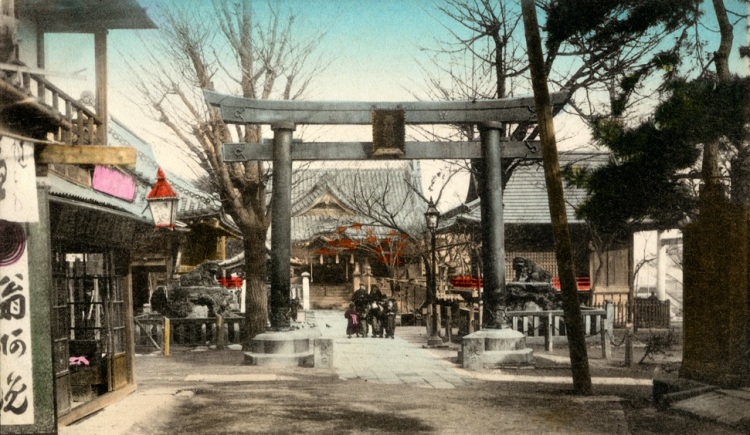
Picture 6: A Meiji-era post card of the Yushima Tenjin.
Also, the Naotane forge was right there, in the Okachimachi (御徒町) neighborhood, which makes me think that he might have worked out of their forge? The Naotane forge was still operated after the deaths of Naotane and Naokatsu, namely by Naokatsu’s son Yamon Naokatsu.

Map of Edo, detail below.

Another detail related to the Naotane forge brings us finally to Kajihei’s career as a faker.
Apart from being trained by Naokatsu namely, Kajihei, then Naomitsu, had a very specific job within the Naotane School, and that was the job of mei-kiri-shi (銘切師). Mei-kiri-shi were specialized craftsmen in the forge who focused on chiseling the signature onto blades they received from their colleagues (see picture below). This was mainly a thing in the late Muromachi period when the high demand for swords gave rise to large manufactures, like the Osafune smiths. So, some smiths operated the furnace, some did the foundation forging, some the hardening, and others added the signature.
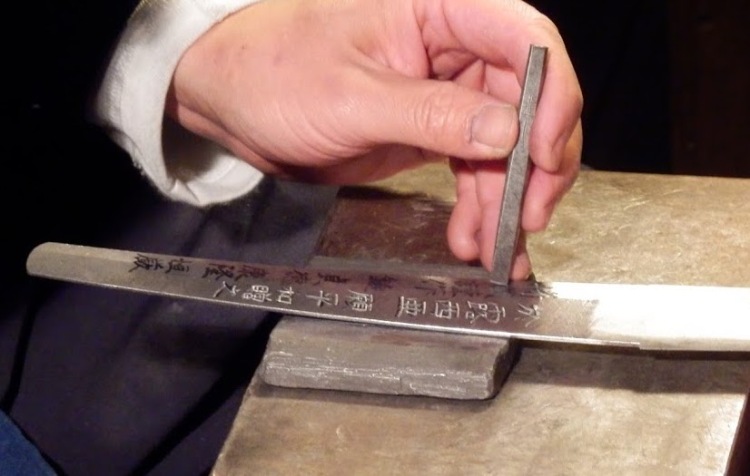
Kajihei being such a mei-kiri-shi suggests that he must have been really really skilled in this respect, maybe the best mei chiseler of the entire Naotane School at that time? This talent, and the constant training through signing so many Naotane and Naokatsu blades surely helped him later when he started to make gimei.
And here we are at the big question: Why did Hosoda Heijirō Naomitsu become Kajihei the Faker? But first, why this name. Naomitsu did not call himself Kajihei or signed with that name etc. It is a nickname that he got at some point in history which is a compound of Kajiya no Heijirō (鍛冶屋の平次郎), which just means “the smith Heijirō.”
The most commonly accepted theory of why he became a faker is that with the Meiji Restoration and the ban on wearing swords in 1876, Kajihei was struggling like everyone else and decided so that he could still make a living by making gimei blades. He was not alone with this because even Gassan Sadakazu (月山貞一, 1836-1918) made many gimei blades or mumei blades that emulate old masters these days. For example, Gassan made many Masamune and Sadamune (see picture 7), but this did not matter later when he was made (帝室技芸員), “Imperial Artist”. In a nutshell, everyone understood the issue the swordsmiths were facing and were just happy that some of them managed it to continue their craft.
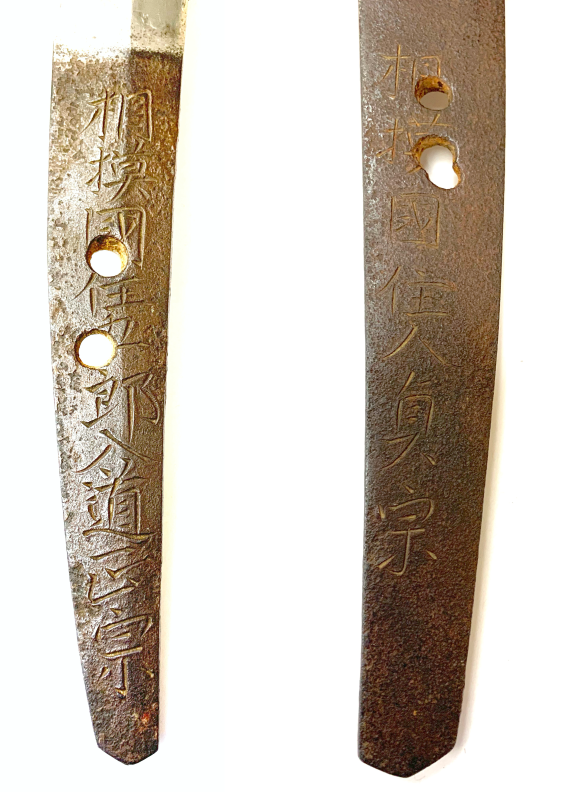
Picture 7: Gassan Sadakazu Masamune gimei (left), Sadamune gimei (right).
The second theory about why Kajihei became a faker is set a little bit earlier. It says that one day, the young Kajihei put all his efforts into a blade which then experts brushed aside and expressed very negative opinions about it. He then counterfeit a blade by a famous smith which he had shown to the same experts who then unanimously praised it as a masterwork. This way, Kajihei had his satisfaction, that is, being confirmed that he was indeed really good, but this episode lead him on the path of making fake swords on the side.
And the third tradition bases on statements from people who knew Kajihei personally, saying that he was weak-willed and a heavy drinker. So under the influence of sake and false friends, who used his drinking debt as a leverage, his skill was turned into a greater faking scheme which even involved several local sword dealers and one sword polisher.
Or, maybe it was everything together. That is, as a mei-kiri-shi, Kajihei was an expert of the chisel and maybe people asked him once in a while to add a gimei to one of their mumei blades. Maybe he was indeed hanging out with the wrong crowd too and so all of that eventually resulted in this forging venture when all people in the sword craft tried to survive during Meiji times.
So, you might also want to know: What was the scope of Kajihei’s venture? Well, it was not just adding gimei to existing mumei blades and making all kind of blades from scratch with a gimei added, kotō, shintō, shinshintō – everything. He also faked gold-inlaid cutting tests, gold-inlaid Hon’ami attributions, inscriptions, or gold-inlaid names of famous owners of blades, and even messed with tsuba or faked them completely.
All that said, Kajihei did have a focus as far as his forging activities are concerned. And that focus was Kotetsu. As you all know, Kotetsu blades always yield very high prices and were already much sought after when the smith was still alive. But it was around Kajihei’s time when the name Kotetsu was really pushed among collectors. So Kajihei obsessively studied Kotetsu and Kotetsu’s signatures (see picture 8). He was also one of the first to make oshigata of tangs as we know it today (see picture 9 right). That is, until the end of the Edo period, the tang was outlined and the signature just added with a brush (see picture 9 left), which is, as you can imagine, not really a great help to identify authentic or gimei signatures.

Picture 8: Kajihei studying Kotetsu’s signatures.

Picture 9
So, in this context, Kajihei compiled a small reference book titled Kotetsu Meishū (虎徹銘集), which translates as “Collection of Kotetsu Signatures,” which contained 65 oshigata of tangs of Kotetsu blades. However, Kajihei also made oshigata of the swords he faked. This was either a way for him to keep track of his venture or to further obfuscate the scene by slipping them into a collection of oshigata of authentic signatures.
But that said, the mess he created also had a good side: After so many collectors, dealers, and experts got fooled, studies on Kotetsu really took off as you can imagine. Back in the early 1900s, there was the saying that only 4 out of 10 experts could detect a Kotetsu gimei by Kajihei and only 1 out of 10 a faked kinzōgan-mei.
But not everything was bad. So, although Kajihei was capable of forging a signature almost perfectly, he developed a habit in his strokes that allows experts to trace back a gimei to his hands (see picture 10). Some assume that he deliberately did so because he had a guilty conscience, quasi saying:” Hey, don’t be fooled. You COULD see that it is a gimei when you look hard enough and recognize the signs I left.”
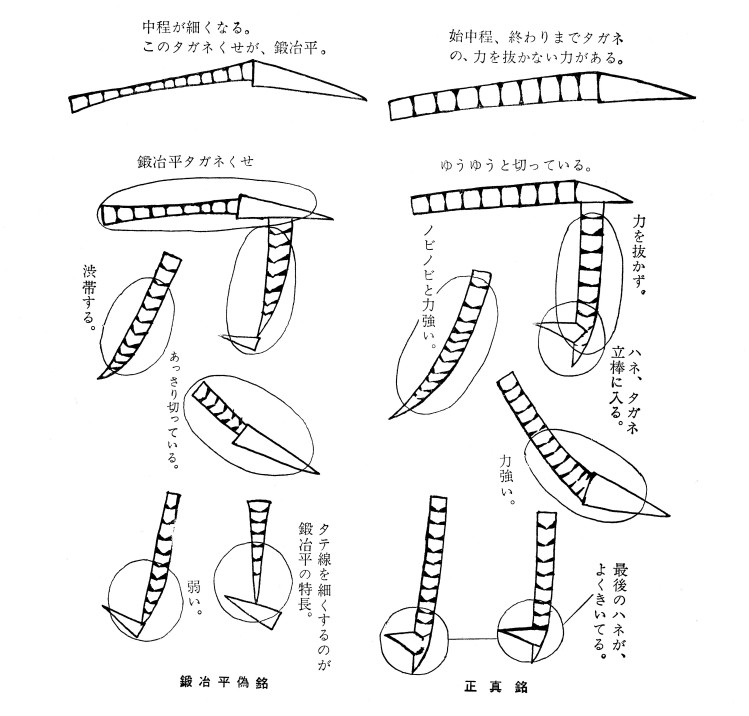
Picture 10: Kajihei gimei (left), shōshin-mei (right); source: Nihontō Kōza
Also, he still made blades and tsuba under his real name. For example, a blade for a Western-style dress sword ordered by a high-ranking officer at the Metropolitan Police Department. Its engravings were done by master Tsukada Shūkyō (塚田秀鏡, 1848-1918) who was the adopted son of a Naokatsu student and who was an Imperial Artist like Gassan Sadakazu (see picture 11).

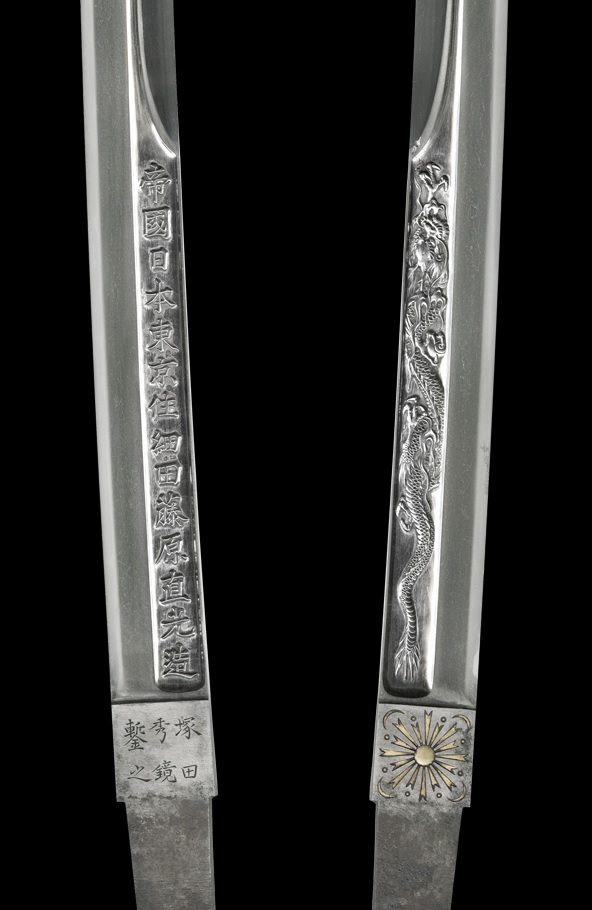
Picture 11: Blade by Hosoda Naomitsu, engravings by Tsukada Shūkyō
(Courtesy of Collection Information – Japanese Swords and Antiques, Tōkyō). Signed as relief in a groove:“Teikoku Nihon Tōkyō-jū Hosoda Fujiwara Naomitsu tsukuru” (帝國日本東京住細田藤原直光造), “made by Hosoda Fujiwara Naomitsu, resident of Tōkyō in the Empire of Japan.” Habaki signed: “Tsukada Shūkyō kore o horu” (塚田秀鏡鏨之), “engraved by Tsukada Shūkyō.”
Pictures 12 and 13 show two pre-Meiji era blades made by Kajihei under his “real” name Naomitsu. The tantō seen in picture 12 is signed “Sōryūshi Naomitsu” (雙龍子直光), and the katana seen in picture 13 is signed “Naomitsu tsukuru – Keiō ni hinoe-toradoshi hachigatsu hi” (直光造・慶應二丙寅年八月日, “made by Naomitsu on a day in the eighth month of Keiō two [1866], year of the tiger”).

Picture 12
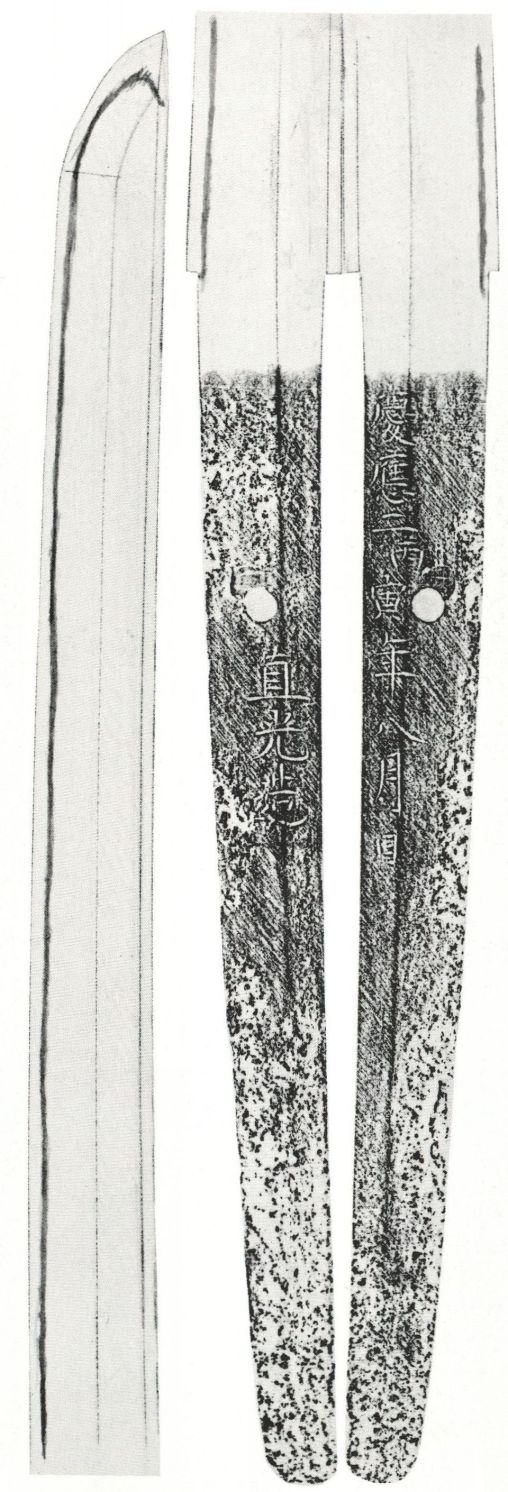
Picture 13
Last but not least a couple of tsuba made by Naomitsu. Picture 14 shows an openwork design in the form of an abstracted cart wheel (kawari-guruma, 変り車), and with the slightly raised rim, the radiating file marks, and the deliberately rough surface finish in places, the tsuba draws stylistically from the Hōan (法安) and Yamakichibei (山吉兵) schools.
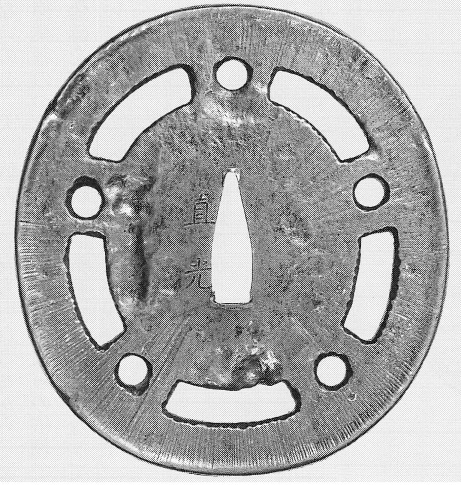
Picture 14: Tsuba by Kajihei, signed “Naomitsu” (直光).
The tsuba shown in picture 15 is a Nobuie-style work by Kajihei. It has a mokkōgata, radiating file marks, a disconnected kikkō pattern, an irregular and prominently folded-over rim, and shows on the obverse characters forming the inscription Tenbutsu wa saki chi ni ari (天物有先「土汖」) which literally translates as “Every gift from the Heavens is in the ground first” and which can be interpreted as “no one is born a master.” Such sometimes cryptic inscriptions are frequently found on original Nobuie tsuba and are thought to reflect the mindset of warriors living through the turbulent Sengoku times, e.g., Un wa ten ni ari (運有天), “Fate lies within Heaven.” What is particularly interesting at this tsuba is that it appears to have been tested with a sword blade, seen in the thin line that goes all across the lower part of the reverse. “Appears to have been tested” because it is very well possible that Kajihei just carved out that element to emulate a test cut, or an actual cut the tsuba has received during a sword fight, although the position and degree of depth of the cut make it hard to believe that the incision is the result of a parried cut and suggests that, in case it is indeed not carved, the tsuba was put flat on a pedestal and tested, with the blade hitting the target first and with its maximum force at the bottom left edge.
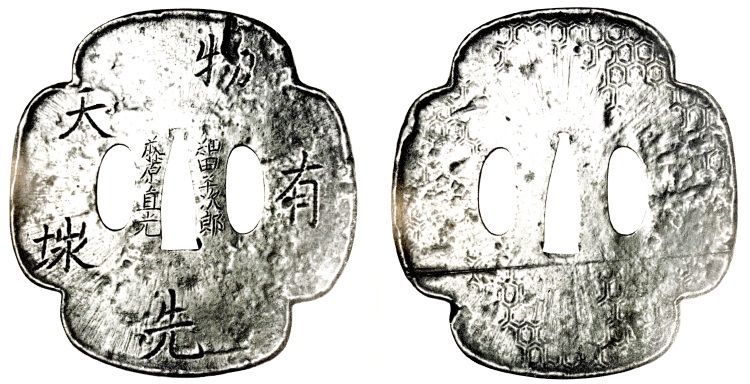
Picture 15: Tsuba by Kajihei, signed “Hosoda Heijirō Fujiwara Naomitsu” (細田平次郎藤原直光). [From: Sword Guards and Fittings from Japan – The Collection of the Museum of Decorative Art, Copenhagen 2, Kodansha 1983]
Great piece!!!
Sent from my iPhone
>
I used to own a Nobuie with a similar cut, but not as deep. It was a bit higher up on the guard and crossed the nakago ana, so certainly was not done while it was mounted. I showed it to Hagihara-sensei years ago and he immediately said tameshi.
I AM NOT SATISFIED … seriously, this was a superb reading but abruptly end … I wanted to know more about him, the legacy he left behind, the fame as fake maker, and the end of his life …
but I have to admit, the story is well-told …. it’s just lack a proper closure
So his swords are not worth a cent?
A wonderful article. I own a “fake” Naotane with an attribution to Kajihei. One day I’ll find a Naomitsu as well….I hope. I always learn something from each of Marcus’s posts and I can’t praise highly enough the quality of his published works.
Pingback: A dot, a dot! My kingdom for a dot! | Markus Sesko